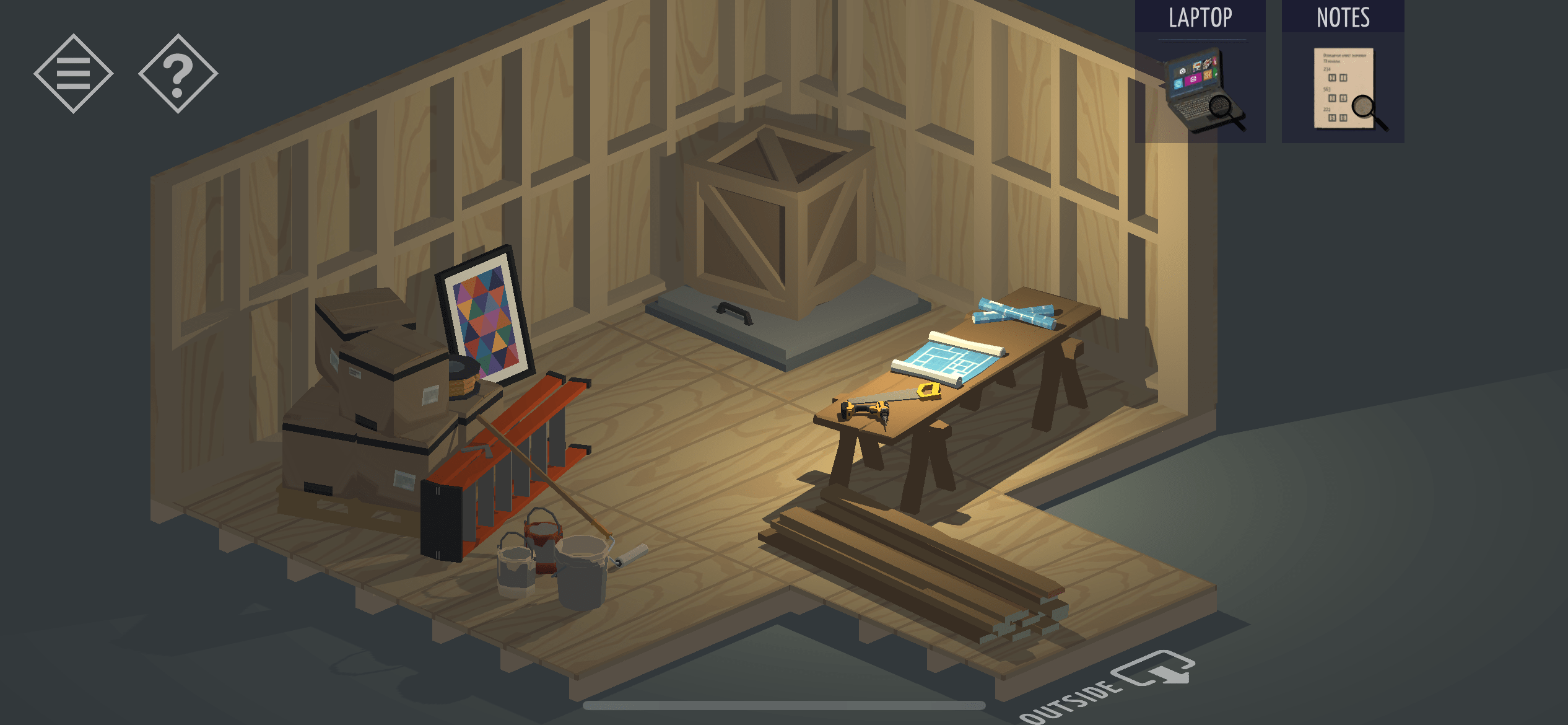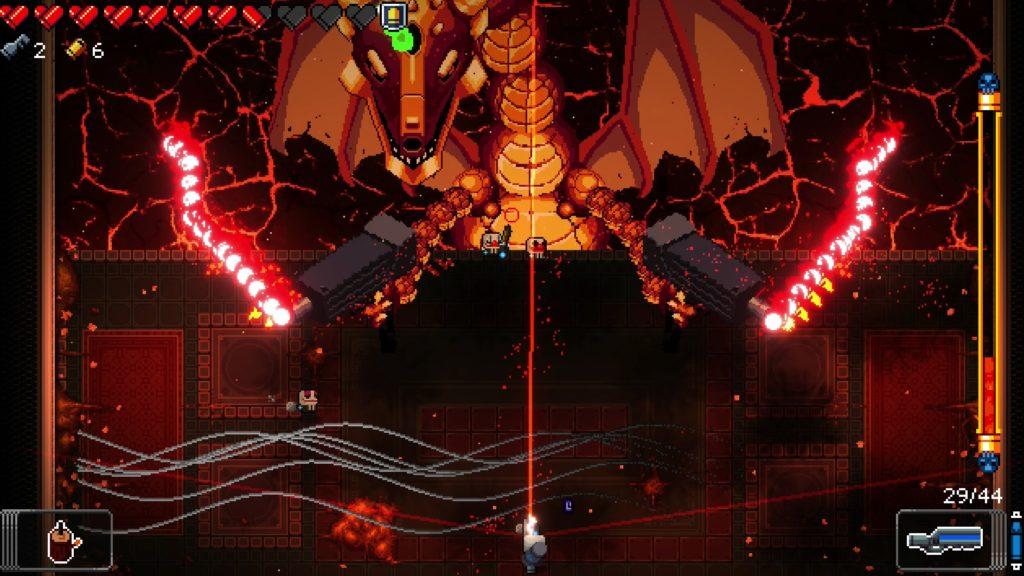For this week’s critical play, I played Tiny Rooms Story Town Mystery, a mobile game dedveloped by Kiary Games. I would describe the target audience of this game as casual game players that enjoy mysteries and puzzles. Due to the mobile nature of the app, it’s easily accessible in the sense that almost anyone that has a phone or tablet can download it to kill some time. I had initially only planned to spend about 30 minutes playing the game, but I quickly became enraptured in the narrative and new rooms/clues I kept unlocking, and played for over an hour because I didn’t want to stop in the middle of a level.
The narrative of Tiny Rooms Story Mystery starts with you, a private detective, receiving a letter from your father asking for help. You go to a small town and find it empty. You need to figure out what happened, and where your father is. In Tiny Room Stories, narrative is woven into the mystery through its spatial storytelling and environmental cues that create evocative spaces and embedded narratives. Specifically, through the mechanics of exploring the city/rooms, finding clues, solving puzzles, the narrative of the game advances and you get lost in the gameplay.
This game is a spatial puzzle game. I personally loved the rotating diorama-like room mechanic they used to allow players to explore entire rooms and spaces. On a smaller scale, movement within rooms and spaces came in the form of mechanics such as inspecting objects, collecting tools and clues, and manipulating objects to solve puzzles.

Level 2, Missing Painting and Secret Door Space
For example, in Level 2 of the game, I entered a room with a missing painting and a scratch mark on the floor, which suggested that there might be a secret door on the empty wall. I had to solve various puzzles using tools I found (e.g. Laptop, Notes seen in top right corner) to find a missing painting (center painting) in this room, place it in the missing spot, and then manipulate the angles of the paintings to straighten them before I unlock this secret door that swung open when I successfully solved the puzzle of the missing painting.
Unlike many mystery games that rely on dialogue from a character/narrator or text bubbles, Tiny Rooms excels at creating spaces where player choices and movements allow the narrative to unfold. In this way, Tiny Rooms creates this enacted narrative where player interaction with the architecture of the game progresses the narrative.
In addition to implementing an enacted narrative, Tiny Rooms also contains many evocative spaces. From mysteries and ominous prologues to chapters(levels) like…

… to emotionally salient imagery and narrative thoughts like…

… Tiny Rooms creates an atmosphere that although is devoid of any actual “human” characters, feels heavy with traces of human presence and struggle. When I played this game I felt unsettled in some parts (e.g. uncovering this gun, seeing chairs thrown askew), showing how effective the game was at immersing me in its narrative and space.
In terms of how I might suggest game developers improve their game, I believe that there could be some more thought put into their hint system. There was at one point where I hit a wall and could not figure out what to do with the screwdriver in my hand. I ended up watching an ad to get a hint, and it told me to unscrew the lamp shade, which was odd because I had already tried to use the screwdriver on the lamp (turns out I wasn’t clicking the right part of the lamp). I wish the game had more “levels” of clarity with their hints, because seeing it tell me exactly what to do felt a bit boring. I wish instead it had said something more vague about where to go/what to look for, rather than giving it to me on a silver platter.
As an able-bodied person playing this game, it was easy for me to follow along with the limited narration and explore the clues and solve puzzles as intended. However, it’s important to reflect on the accessibility of this game for those with visual, motor, and cognitive disabilities. Unfortunately I could not find an accessibility review or gameplay from disabled players. Although I do not have this first hand account, I’ll still analyze some of the accessibility issues I noticed with the game. While I found the rotating diorama room mechanism for exploration intuitive and dynamic, someone that has limited motor motion would be limited in how easily they could explore the room. There was no way to change the perspective of the room without swiping in that direction. Moreover, some of the details on the objects were incredibly small with not much contrast in colors, such that they were difficult even for me to know where to click (e.g. the small screw on the lamp). For example, see the image below of a hint sheet in a drawer that we were supposed to collect. For someone that is hard of seeing, the lack of contrast between the tan paper and the yellow drawer would be a limitation to game play.
There were some features that improved the accessibility of the game. For example, when you are trying to input different codes into lock, there is an audio clue to indicate if the code you put is incorrect and when it is correct.
Overall, I had so much fun playing this game—I feel like I fit the “ideal” player of the game. I’m a casual game player that loves puzzles and escape rooms! It was the perfect way to spend some time relaxing in my day, and I plan to continue it after this assignment as well.




